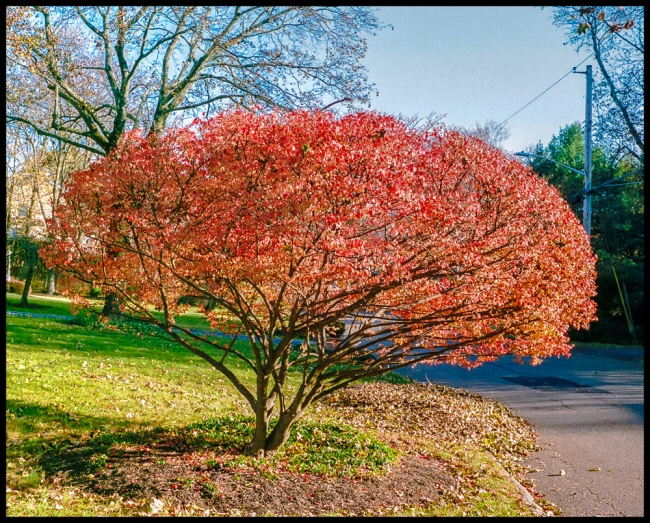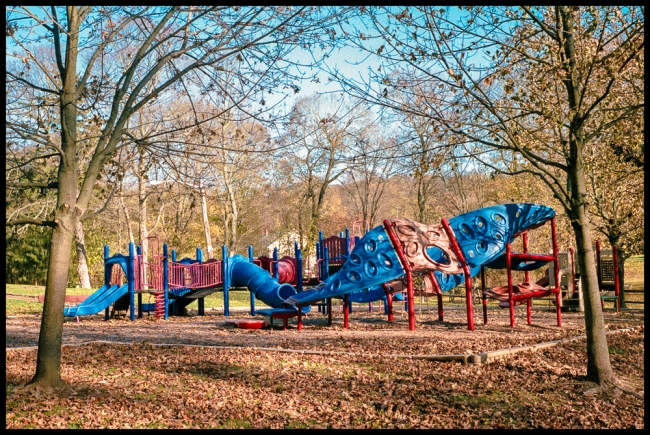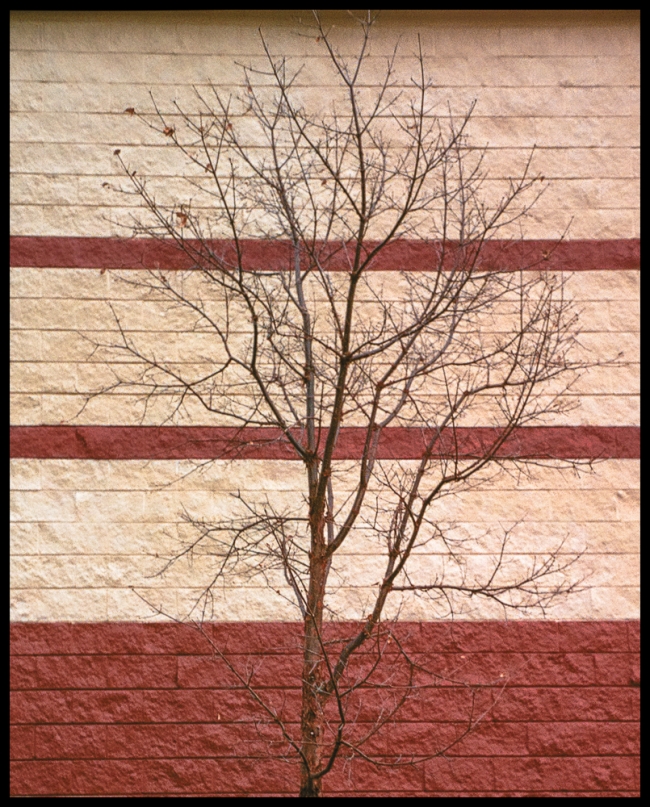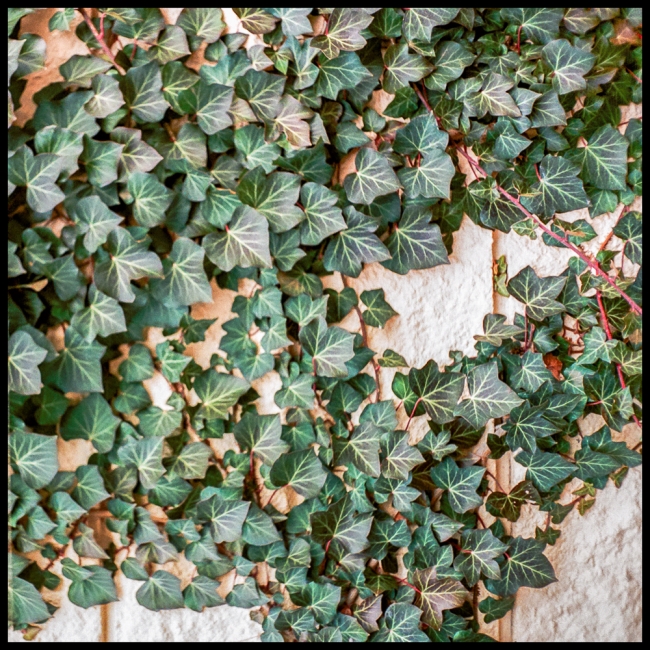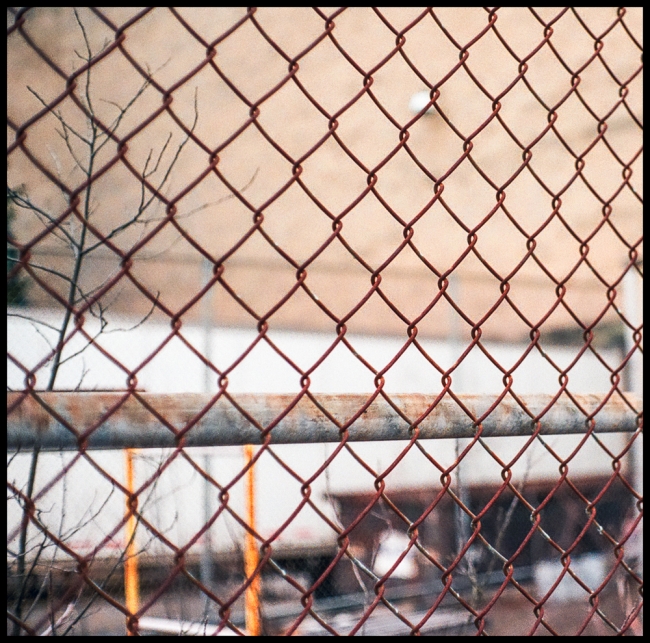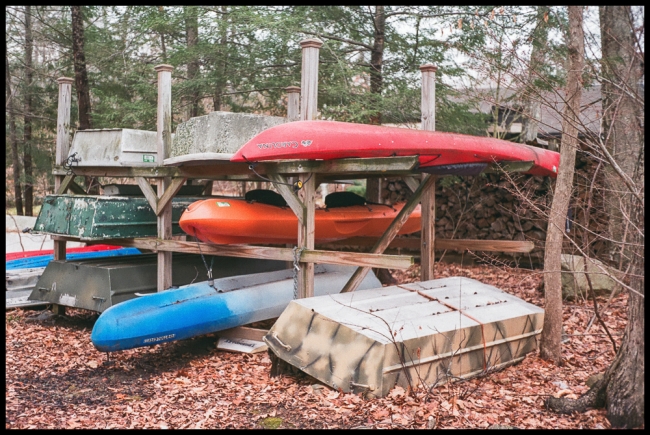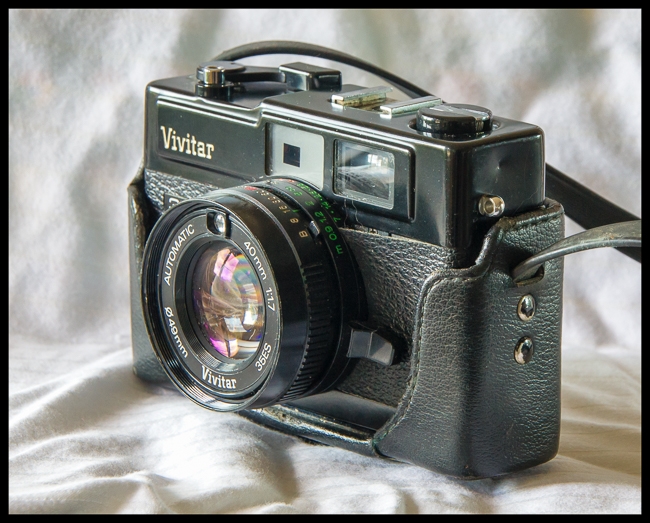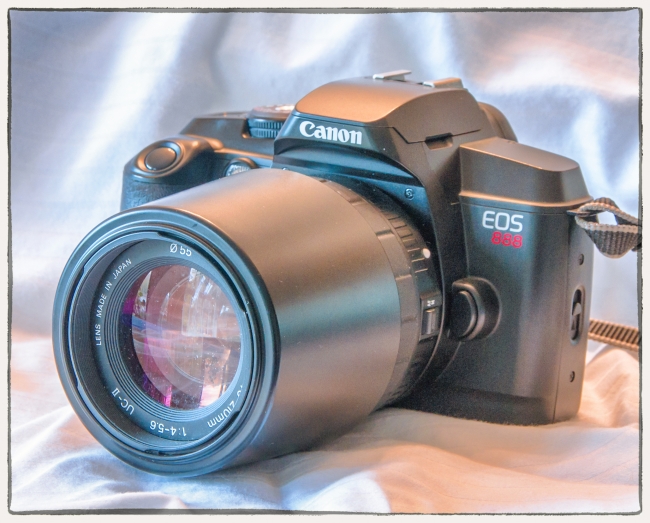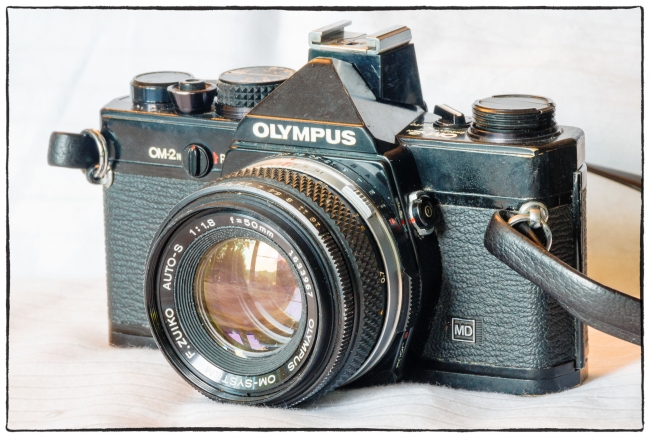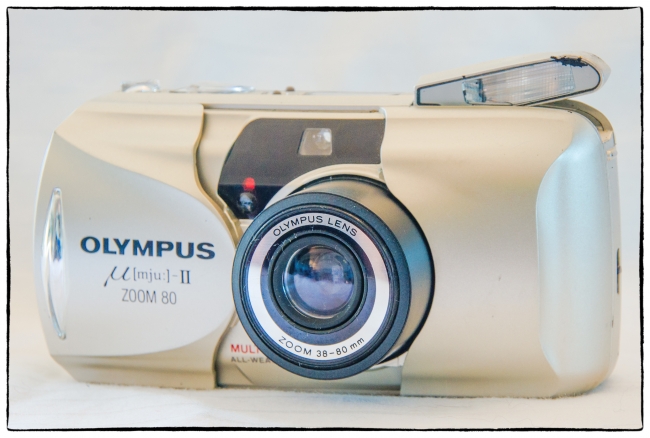This is my October 2017 film camera. It’s taken me a very long time to complete this roll of film. As you can see from the picture above I started to use it towards the end of November, 2017 (today is 6 February 2018)! There a number of reasons for this. First my wife had a serious car accident December 1. Our car was totaled, but thankfully my wife received only bumps and bruises – painful, but not life threatening. However, she needed to be tended for a while so I wasn’t able to get out much. Just as she was starting to recover the weather got really cold and I didn’t feel like going out. Then one day while making a fire I managed to drop a fairly heavy log onto my sock-covered foot. That slowed me down for a while.
It’s still cold, snowy and icy so I’m still not getting out that much, but I’m hoping to do so more in the near future.
Generally I think the camera performed very well. I, however, made a number of “rookie” mistakes. I missed one frame because I forgot to remove the lens cap (I guess I haven’t used a rangefinder camera in a while). Then on a couple of occasions I rested my finger on the top of the camera in such a way that it prevented the film from advancing correctly and caused a few inadvertent double exposures (at least one of which was quite interesting). At first I didn’t realize what was going on. I heard a strange grading noise, but didn’t make the connection with the location of my finger.
As mentioned in the earlier post the viewfinder is surprisingly bright and the rangefinder patch fairly clear. This is not always the case with compact rangefinder cameras of this vintage. Often the viewfinders are dim and cloudy.
The lens is every bit as good as internet reviewers say it is. Exposure was as anticipated.
So the camera did everything asked of it. Unfortunately, I didn’t altogether enjoy the experience. My first serious film camera was a Minolta Hi-Matic 7sii. It was a gift from my wife early in our relationship and I have a very strong emotional attachment to it. When I started collecting cameras I thought I would build a collection of similar compact cameras. I now have a number of them.
I suspect, however, that my aging eyes are no longer up to cameras like this. Even though the viewfinder is bright and the rangefinder patch was pretty clear, I had difficulty using the rangefinder – more difficulty than I’ve had with vintage SLRs.
Moreover, I’m not convinced that rangefinders are the best option for my type of photography either. I think of rangefinders being best suited to genres like street photography where you need something small, light, unobtrusive and where you can see things moving into the frame (think Henri Cartier-Bresson). Unfortunately that’s not my type of photography. I tend to take pictures of things that don’t move: old buildings, old objects, still life, landscapes etc. It’s only taken me nearly 40 years to figure this out.
I’m not going to give up on rangefinders yet though. I’d like to try a rangefinder with a larger viewfinder (e.g. I have a Canon P; A Voigtlander Bessa R2 and some others). If that fails then I can see an autofocus SLR in my future.

